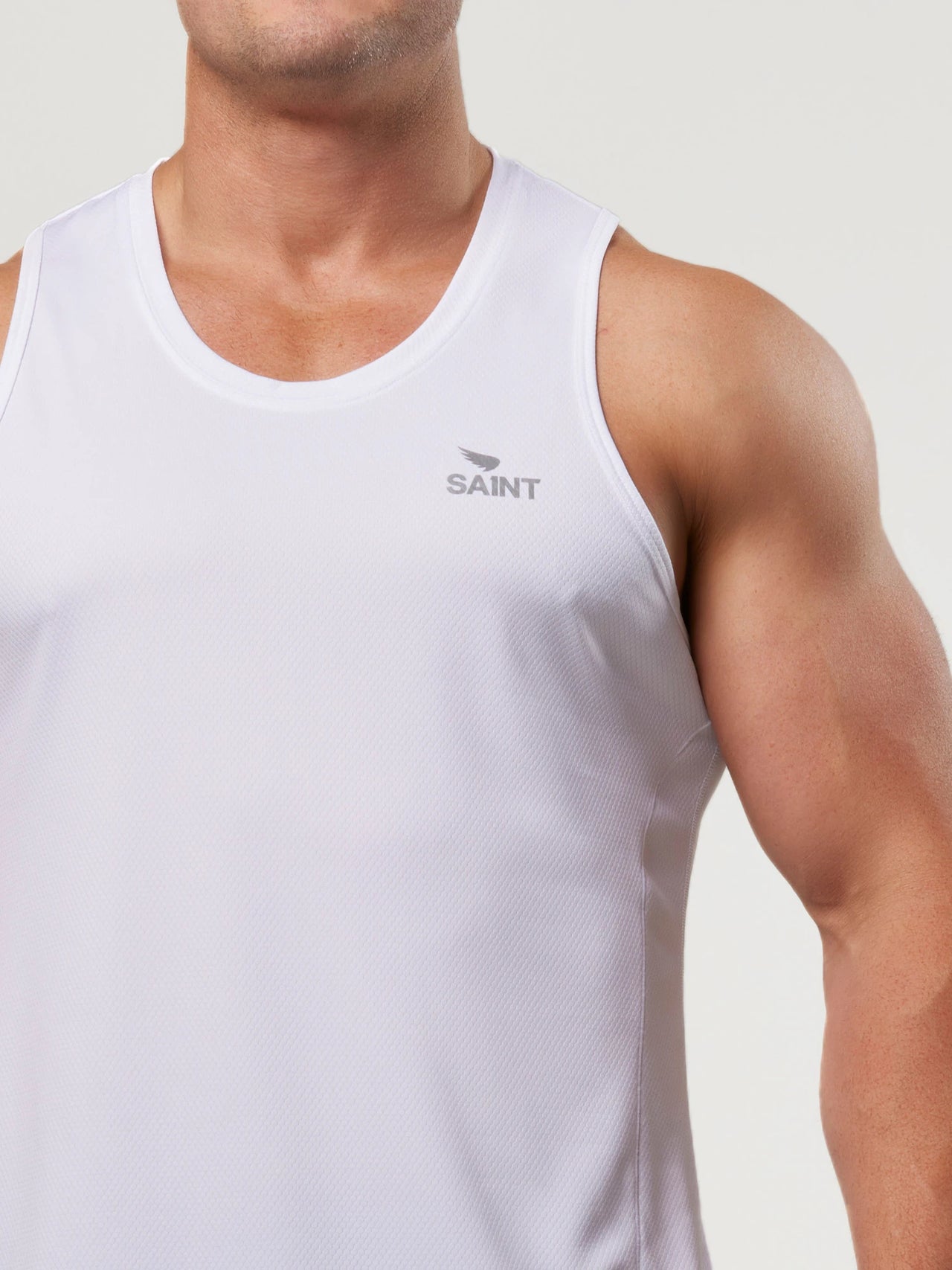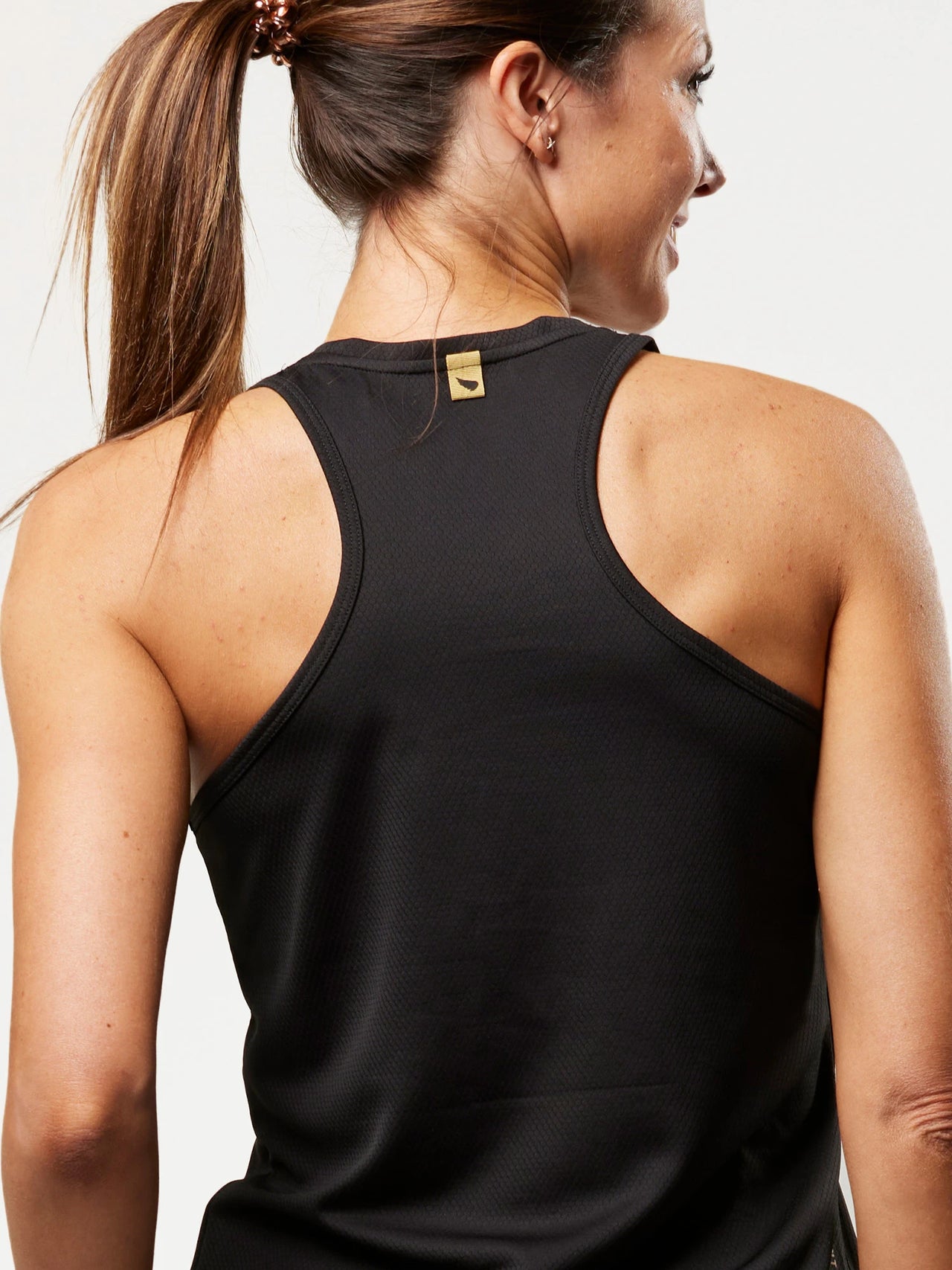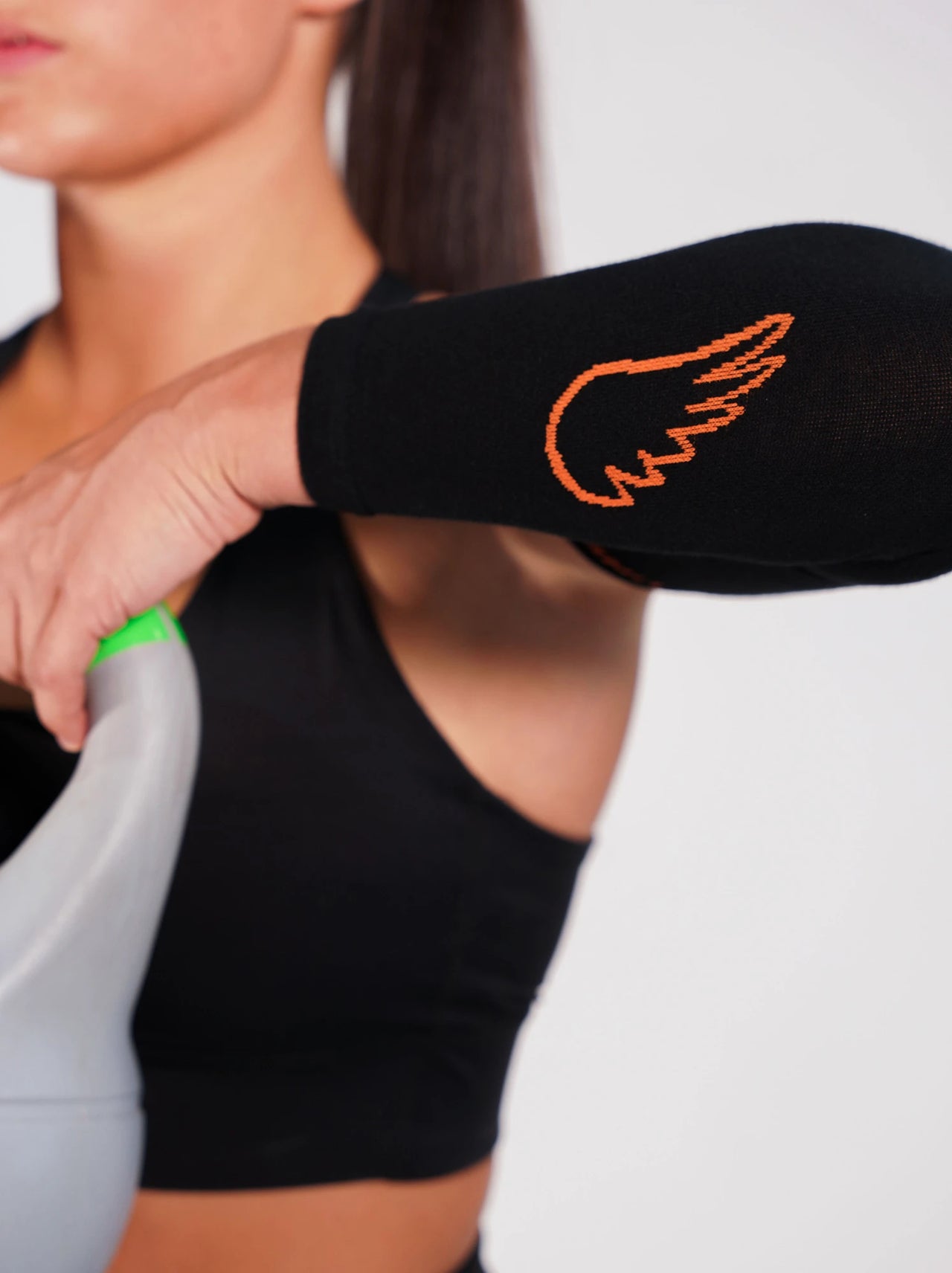可持续发展与环境

Repreve® Recycled Fibres
Repreve recycled fabric is a type of performance fabric made from recycled materials, primarily recycled plastic bottles. The process of creating Repreve fabric involves converting post-consumer plastic waste, such as plastic bottles, into polyester yarns that are then woven or knitted into textiles.
Why Does Sa1NT Layers Use Repreve?
1: Environmental Sustainability
Repreve fabric helps reduce the environmental impact of textile production by diverting plastic waste from landfills and oceans. By recycling plastic bottles into fabric, Repreve conserves natural resources, reduces energy consumption, and minimizes greenhouse gas emissions compared to traditional textile manufacturing processes.
2: Resource Conservation
Producing Repreve recycled fabric consumes fewer natural resources than virgin polyester or other conventional fabrics. Recycling plastic bottles into fabric eliminates the need for extracting raw materials such as crude oil, which are used in the production of virgin polyester. This helps conserve natural resources and reduces reliance on non-renewable fossil fuels.

3: Waste Reduction
Repreve fabric contributes to waste reduction by repurposing post-consumer plastic waste that would otherwise end up in landfills or oceans. By transforming plastic bottles into durable and functional textiles, Repreve helps mitigate the environmental impact of plastic pollution and promotes a circular economy where materials are reused and recycled.
4: Energy Efficiency
The production of Repreve recycled fabric typically requires less energy compared to manufacturing virgin polyester or other synthetic textiles. Recycling plastic bottles into polyester yarns consumes less energy than extracting and processing raw materials from petroleum. This results in lower carbon emissions and reduced energy consumption throughout the manufacturing process.
5: Performance and Durability
Repreve recycled fabric offers performance characteristics similar to those of conventional polyester fabrics. It is lightweight, moisture-wicking, quick-drying, and breathable, making it suitable for various applications, including activewear, outdoor gear, and everyday apparel. Repreve fabrics are known for their durability and resilience, ensuring long-lasting performance even in demanding environments.
In Conclusion
Repreve recycled fabric offers a sustainable alternative to traditional textiles, providing environmental benefits, resource conservation, waste reduction, and performance attributes desired by both consumers and businesses. By supporting the adoption of recycled materials in textile production, Repreve contributes to a more sustainable and circular economy while addressing the challenges of plastic pollution and resource depletion.

Recycled Interlock
Recycled nylon interlock double-knit fabric is a sustainable textile that offers both aesthetic and functional benefits. The fabric is designed to sculpt and contour the body with graduated mild compression, creating a flattering and comfortable fit. The “buttery soft” finish adds to the luxurious feel of the fabric, making it a great option for activewear, athleisure, and other apparel items.
One of the key features of this fabric is that it is made using pre-consumer recycled nylon, which means that it is sourced from post-consumer waste such as discarded fishing nets, carpet fluff, and fabric scraps. This helps to divert waste from landfills and reduce the environmental impact of textile production. Interlock refers to the knit structure of the fabric, which consists of two layers of fabric knitted together.
Using recycled nylon in interlock fabric helps reduce the environmental impact of textile production. By repurposing nylon waste materials, such as discarded fishing nets and industrial plastics, recycled nylon interlock conserves natural resources, reduces energy consumption, and minimizes the need for virgin nylon production. This contributes to waste reduction and promotes a circular economy by diverting materials from landfills and oceans.
By supporting the adoption of recycled materials in textile production, recycled nylon interlock contributes to a more sustainable and circular economy while addressing the challenges of plastic pollution and resource depletion.

Bamboo Fibres
Using bamboo in clothing offers several environmental benefits compared to conventional materials like cotton or synthetic fibers. Here are a few of the reasons why SA1NT Layers choose to use bamboo in it's products
Low Environmental Impact
Bamboo cultivation typically requires fewer resources compared to other crops. It requires minimal water, pesticides, and fertilizers to thrive, reducing the environmental footprint associated with agricultural practices.
Carbon Sequestration
Bamboo plants are highly effective at sequestering carbon dioxide (CO2) from the atmosphere. Bamboo forests absorb more CO2 and release more oxygen (O2) than equivalent stands of trees, making them valuable carbon sinks.
Water Efficiency
Bamboo requires significantly less water than cotton to grow. It has natural drought tolerance and can thrive in a variety of climates without the need for extensive irrigation. By reducing water consumption in agriculture, bamboo cultivation helps conserve freshwater resources and mitigates pressure on water-stressed regions.
Overall, using bamboo in clothing offers numerous environmental benefits, including sustainability, resource efficiency, carbon sequestration, soil health, and biodegradability. By incorporating bamboo fibers into textile production, manufacturers and consumers can contribute to a more environmentally friendly and socially responsible fashion industry.
Glossary of Terms
Polymer:
Polymers are large molecules made up of repeating units called monomers. They can be natural or synthetic and are widely used in our daily lives, from plastics and fibres to adhesives and coatings. some examples of natural polymers include DNA, proteins, and cellulose, while examples of synthetic polymers include PVC, nylon, and polystyrene.
Polymerization:
Polymerization is the process of chemically bonding together monomers to form a polymer chain. There are two main types of polymerization: addition polymerization and condensation polymerization. In addition, polymerization, monomers are added one by one to a growing chain, while in condensation polymerization, two different monomers react and produce a small molecule, such as water, as a by-product. Different polymerization techniques can be used to create different types of polymers with specific properties.
Circular Knit:
Circular knitting is a method of producing fabric where the fabric is knitted in a continuous circular or tubular shape. it is typically used to make items such as t-shirts, socks, and seamless garments. the circular knitting machine uses a set of needles that are arranged in a circle and knit the fabric as it rotates. this process creates a powerful garment with minimal waste and can be done quickly and efficiently.
Interlock:
Interlock fabric, also known as double-knit fabric, is a type of weft-knitted fabric that is made using two rows of needles. this creates a fabric that is thicker and more stable than single jersey fabric. Interlock fabric is often used in sportswear, as it has good stretch and recovery properties, and is also commonly used in underwear and loungewear.
Repreve®:
Repreve® is a brand of recycled performance fibre that is made from recycled plastic bottles.
It is used to create sustainable textiles with properties such as wicking, odour control, and water resistance. Repreve® is a popular choice for brands looking to create eco-friendly products, and it is used in a wide range of products, from athletic wear and swimwear to luggage and automotive interiors.
